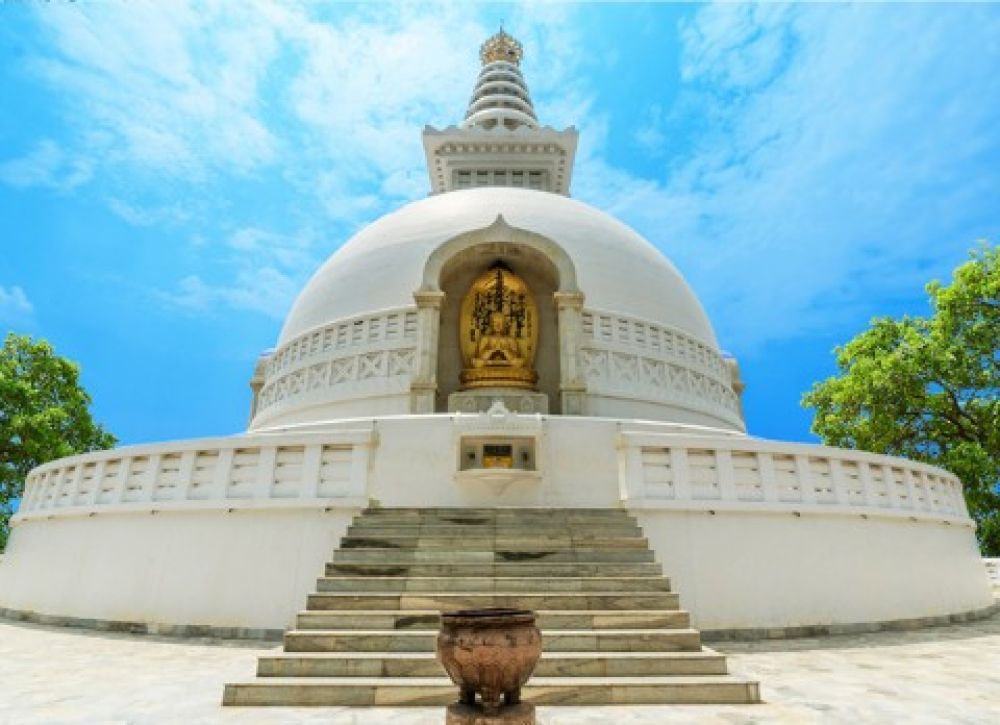

Located in the tranquil ambience of Vaishali, in the northern state of Bihar, India, the Vishwa Shanti Stupa stands as an emblem of peace and harmony. This stupa, also known as the World Peace Pagoda, is one of the many peace pagodas in the world built under the guidance of Nichidatsu Fujii, a Buddhist monk from Japan and founder of the Nipponzan-Myohoji Buddhist Order. The objective of these stupas is to inspire unity among all races and creeds to work for world peace.
Before delving into the history of tourism associated with the Vishwa Shanti Stupa, it's crucial to understand the historical importance of Vaishali itself. Vaishali is recognized for being one of the earliest republics in the world and has a deep historical and religious significance. It is said to be the birthplace of Lord Mahavira, the 24th Tirthankara of Jainism, and the Buddha delivered his last sermon here before his death. Therefore, Vaishali has been a pilgrimage site for followers of Jainism and Buddhism for centuries.
The construction of the Vishwa Shanti Stupa at Vaishali was completed in 1996. It was built as a part of a global initiative to erect Peace Pagodas in significant locations across the world. The stupa in Vaishali is constructed atop a pond called Ratnakar Pukar, near the relics stupa where the ashes of the Buddha are enshrined. The stupa has been an attraction not only for those seeking spiritual solace but also for tourists interested in the cultural and historical richness of the region.
Tourism in Vaishali was historically tethered to its religious significance. Pilgrims from around the world visited the ancient city to pay homage at various historical sites, including the Ashoka Pillar, built by Emperor Ashoka to commemorate the last sermon of Buddha, and the Kundalpur Jain Temple, denoting Lord Mahavira’s birthplace. The unveiling of the Vishwa Shanti Stupa added a new dimension to Vaishali's tourism, attracting not only devotees but also those intrigued by the peace movement and modern architectural wonders.
In recent years, the approach to tourism in Vaishali has become more holistic. The government and local tourism departments have been promoting an integrated experience comprising spirituality, history, and culture. Various festivals and events, such as the Vaishali Mahotsava, have glorified the peace and tranquility represented by the Vishwa Shanti Stupa, thereby increasing its visibility on the global tourism map.
Efforts are also being made to improve infrastructural facilities, such as better roads, more hotels, and the inclusion of digital resources, to enrich the visitor experience. Heritage walks, eco-tourism, and exploration of traditional Bihari cuisine are some of the elements being integrated into the tourism model to make Vaishali a comprehensive destination for diverse sets of tourists.
In essence, the Vishwa Shanti Stupa in Vaishali has not just retained its stature as a symbol of peace but has also spurred the evolution of the area as a must-visit destination for people from around the globe. Its pristine white structure, amidst the green landscape of Vaishali, continues to draw visitors year after year, contributing significantly to the growth and sustainability of the tourism industry in the region.